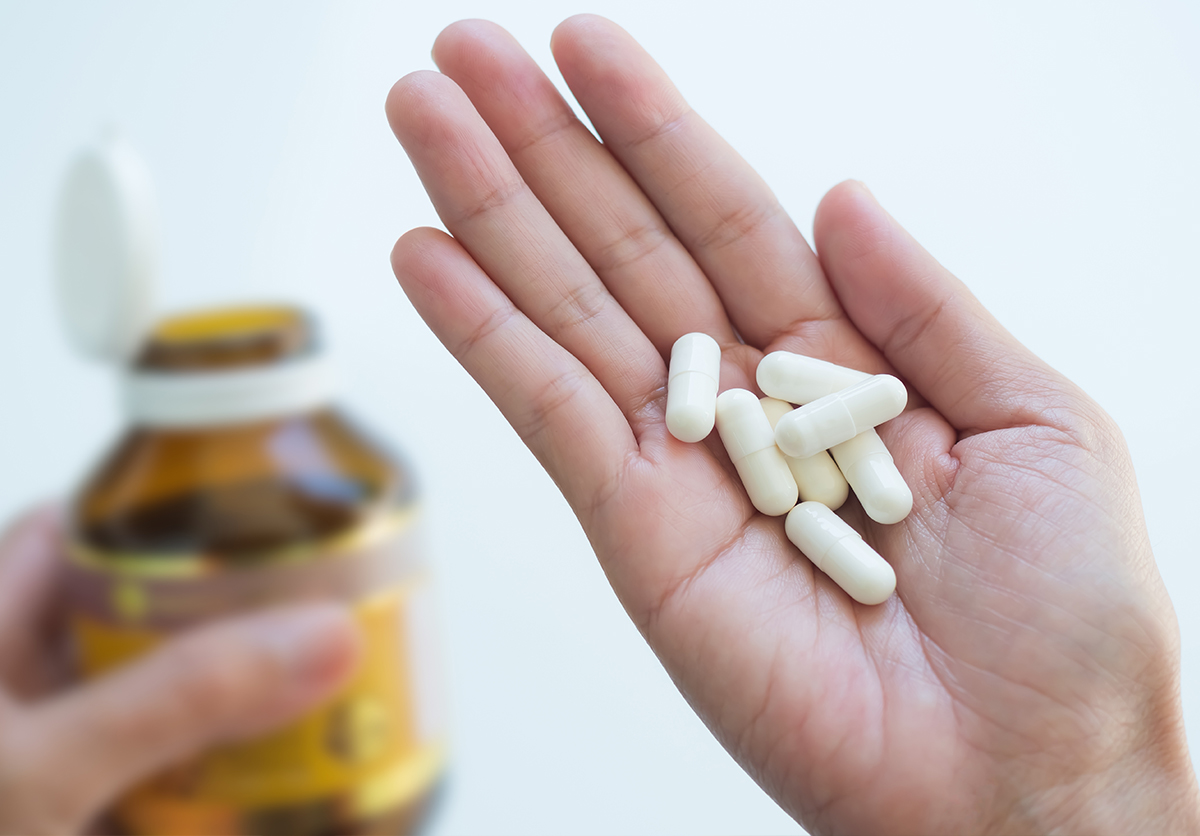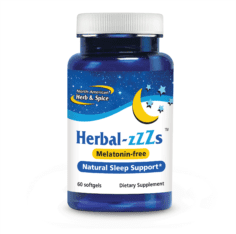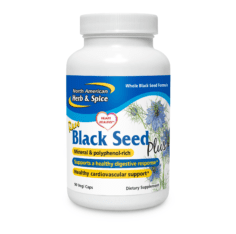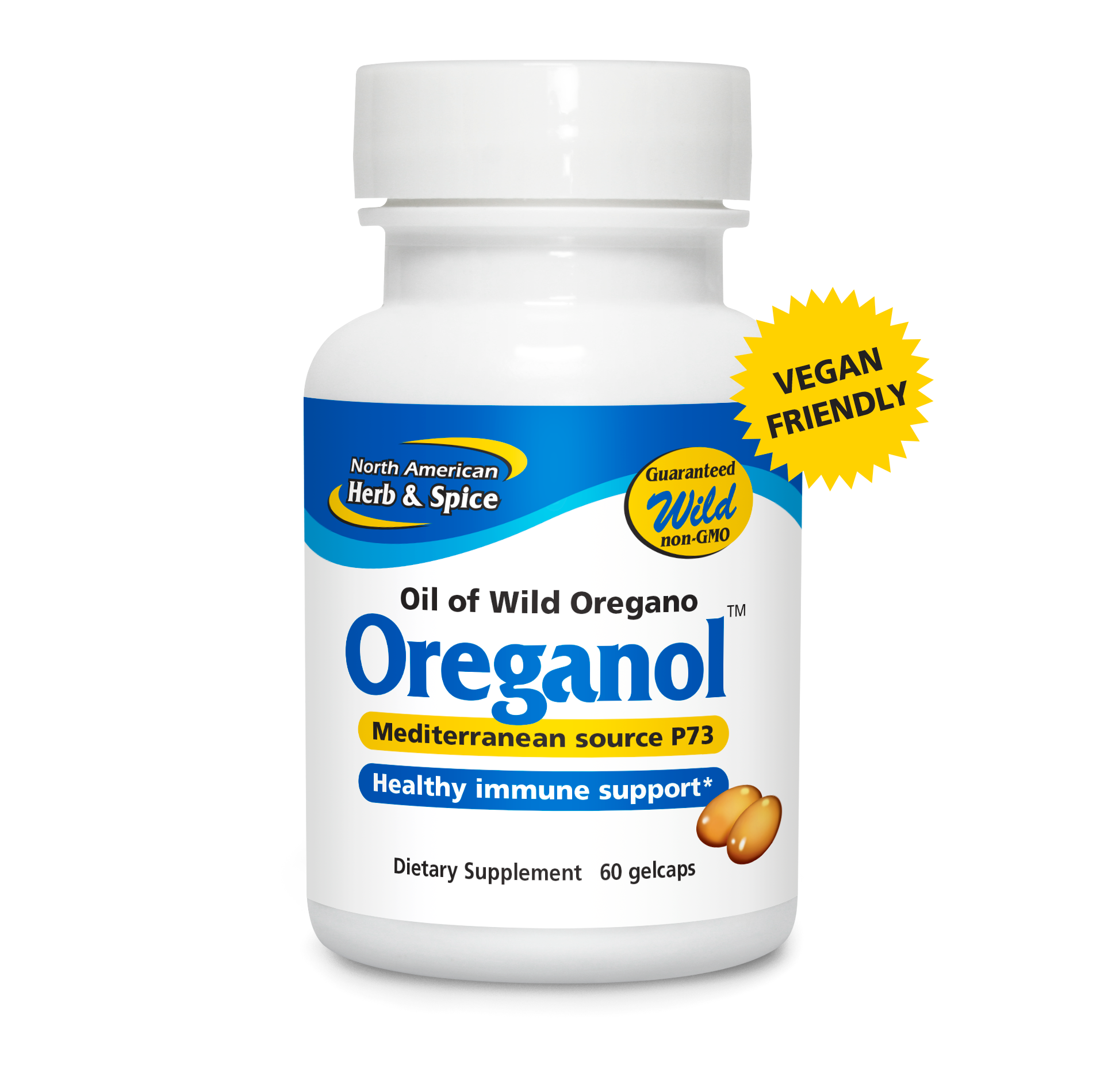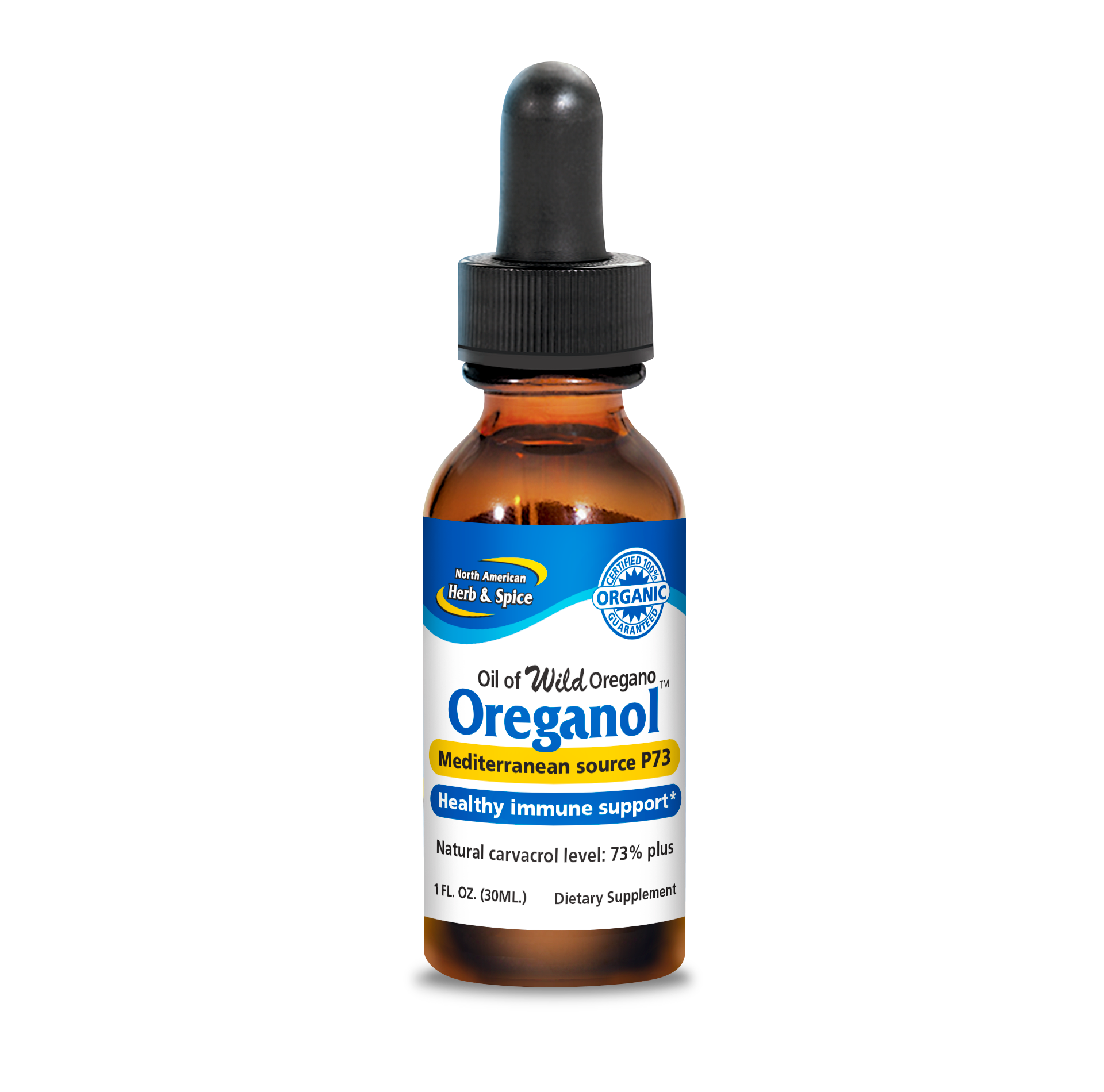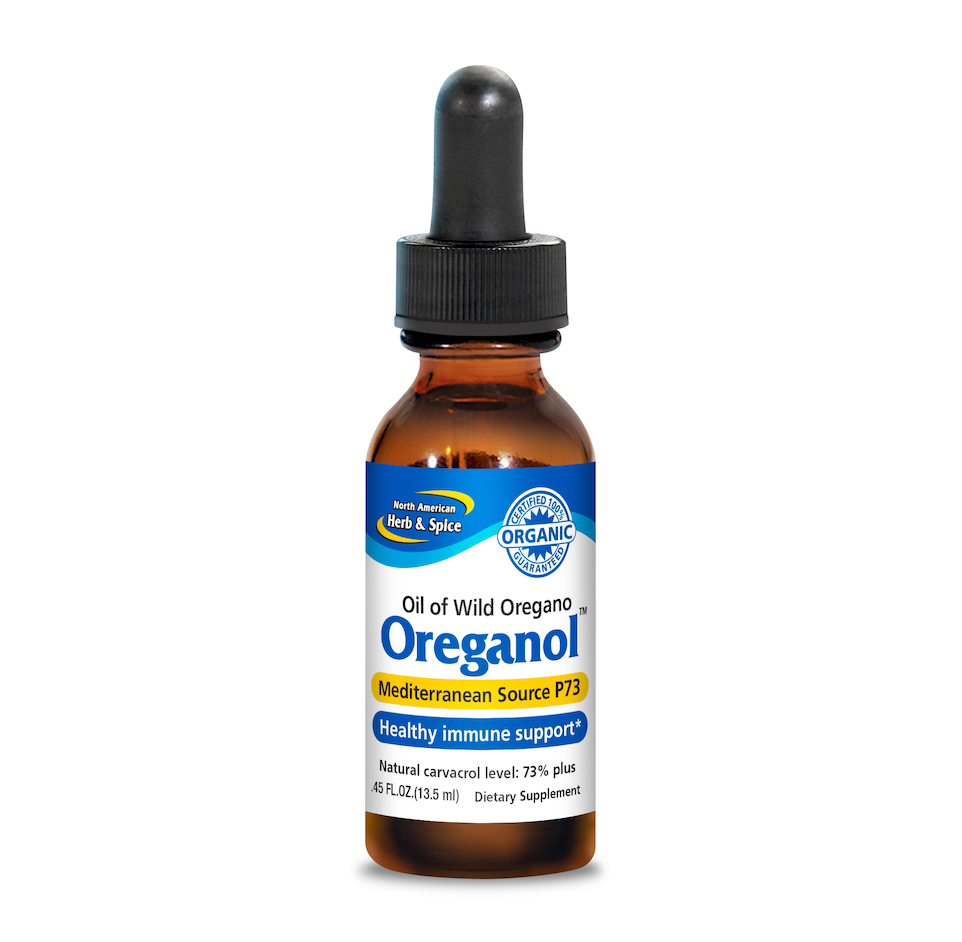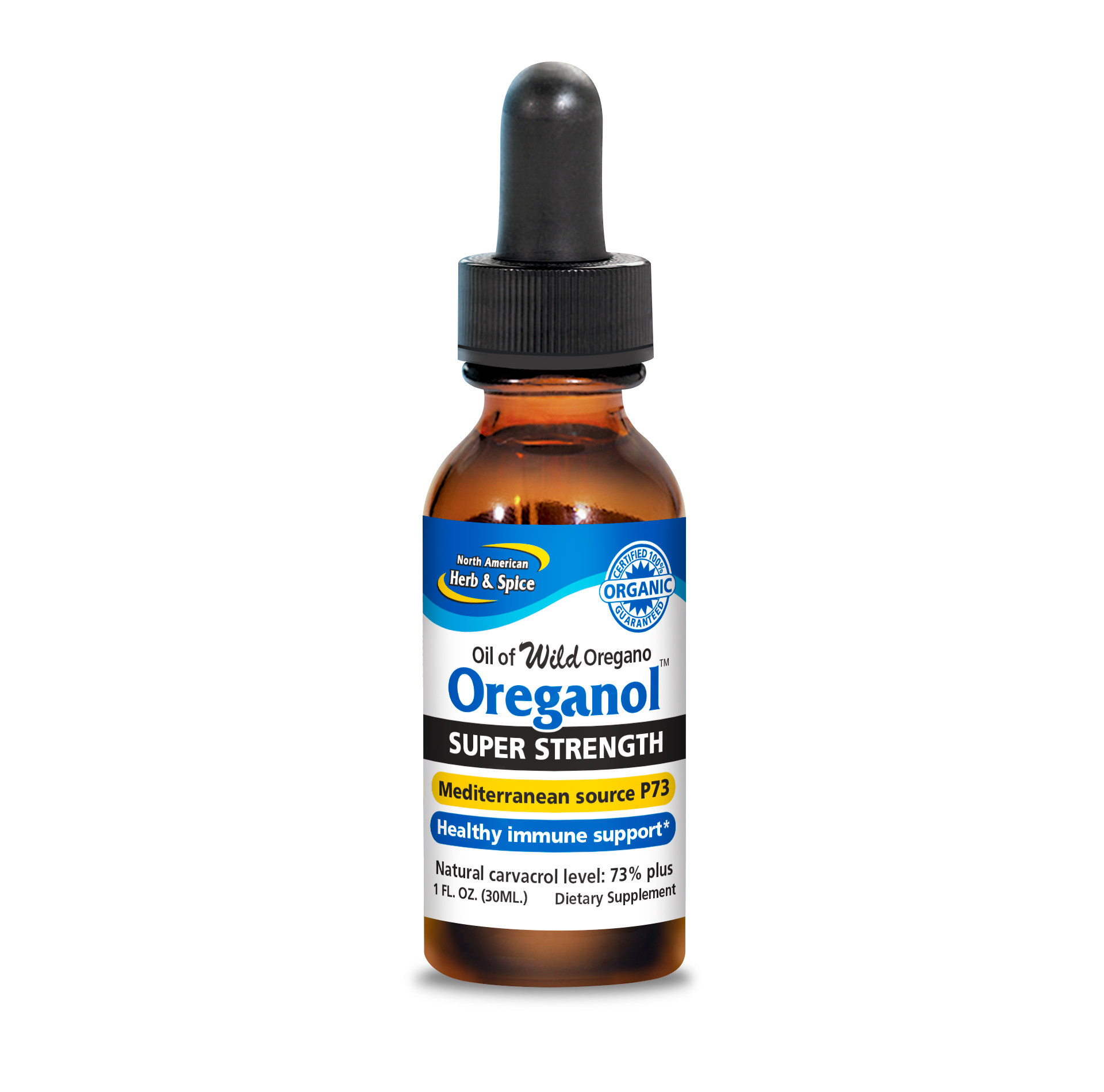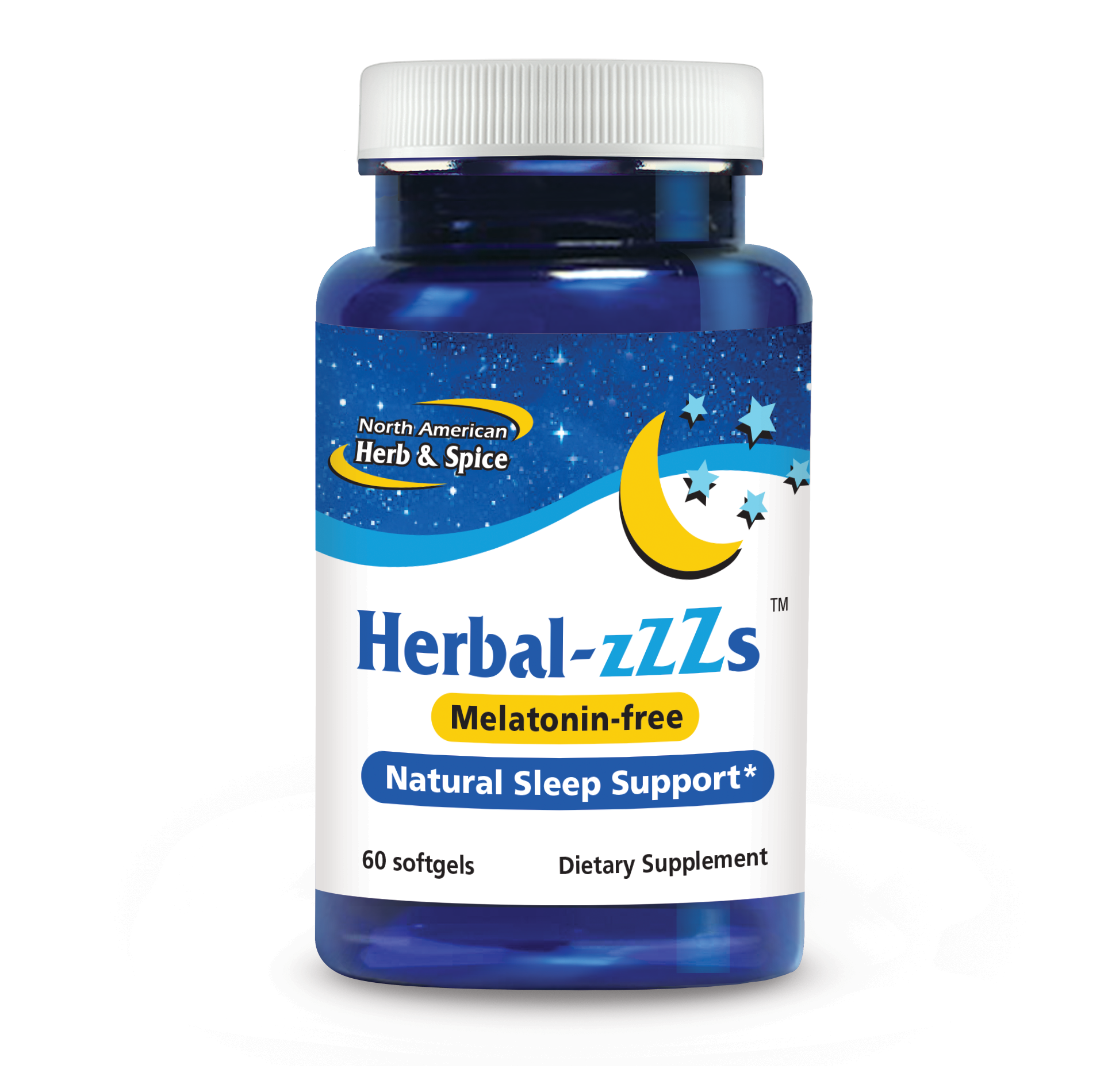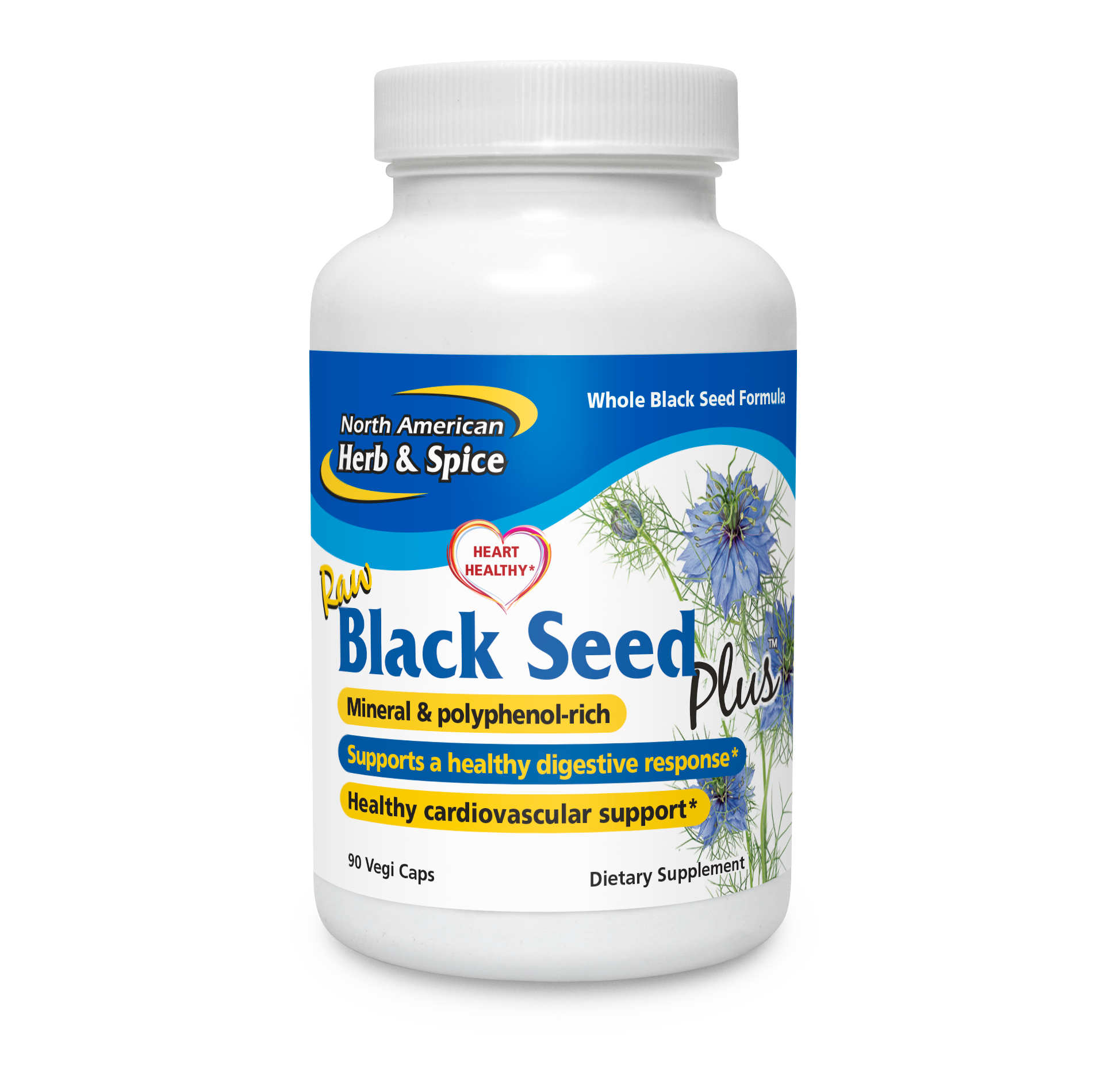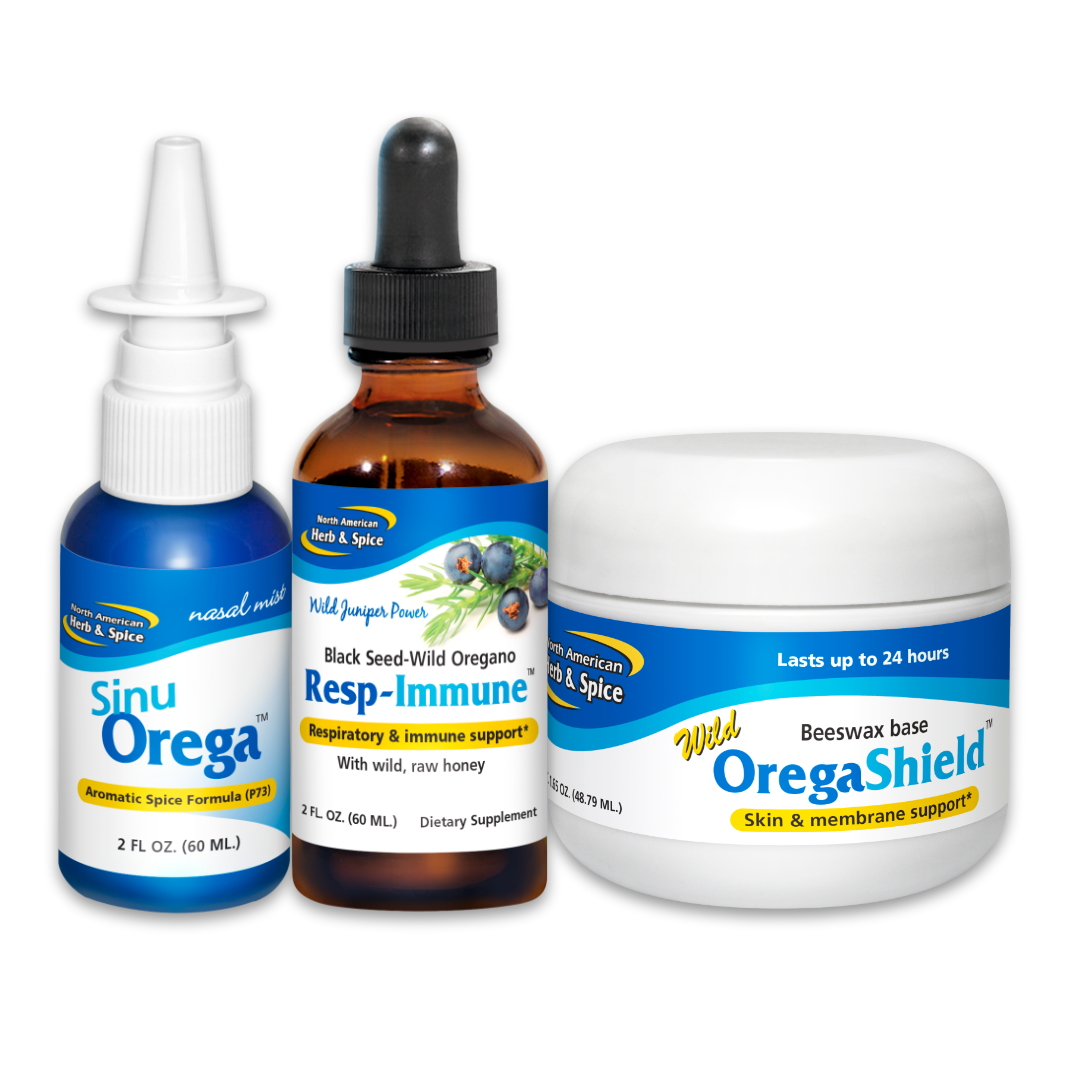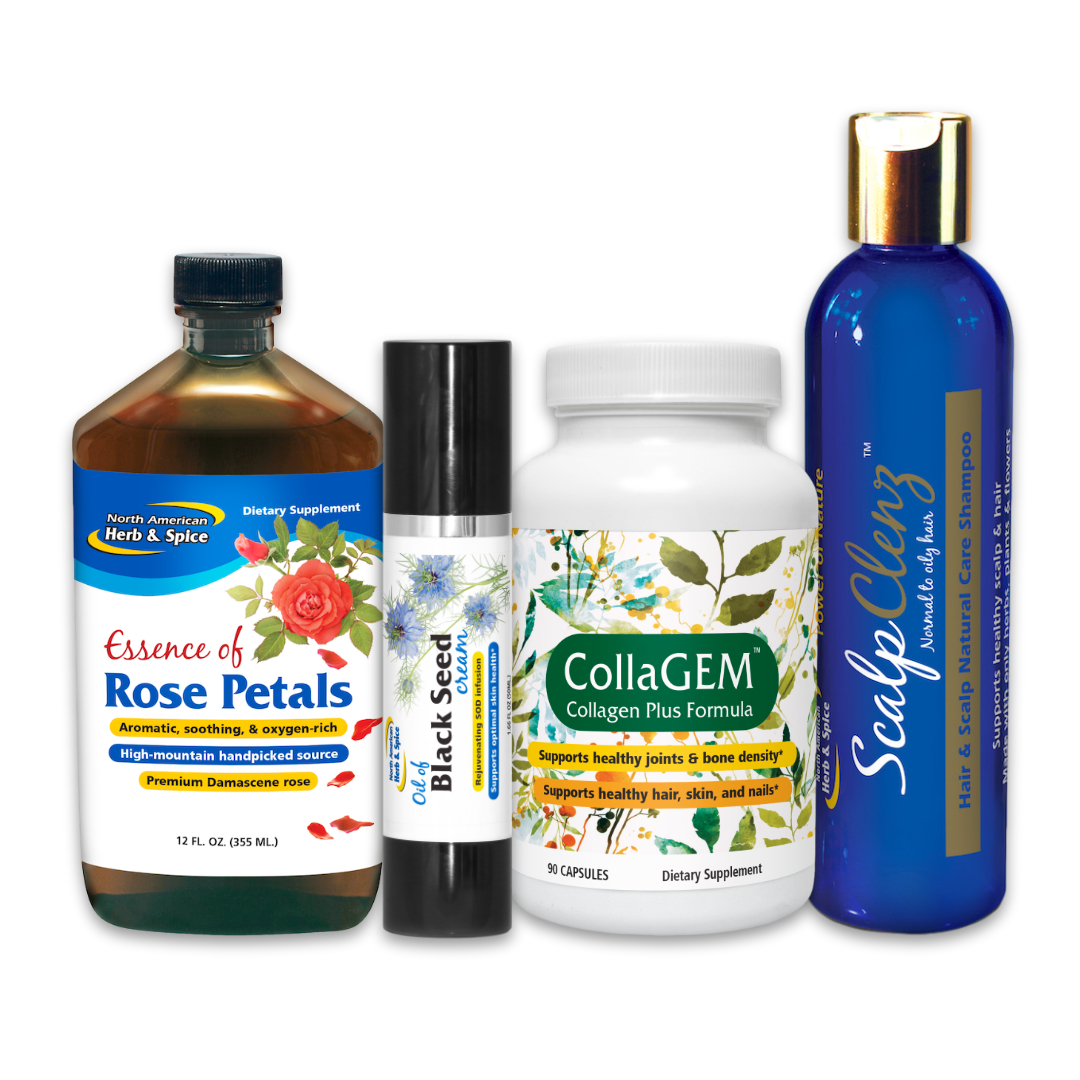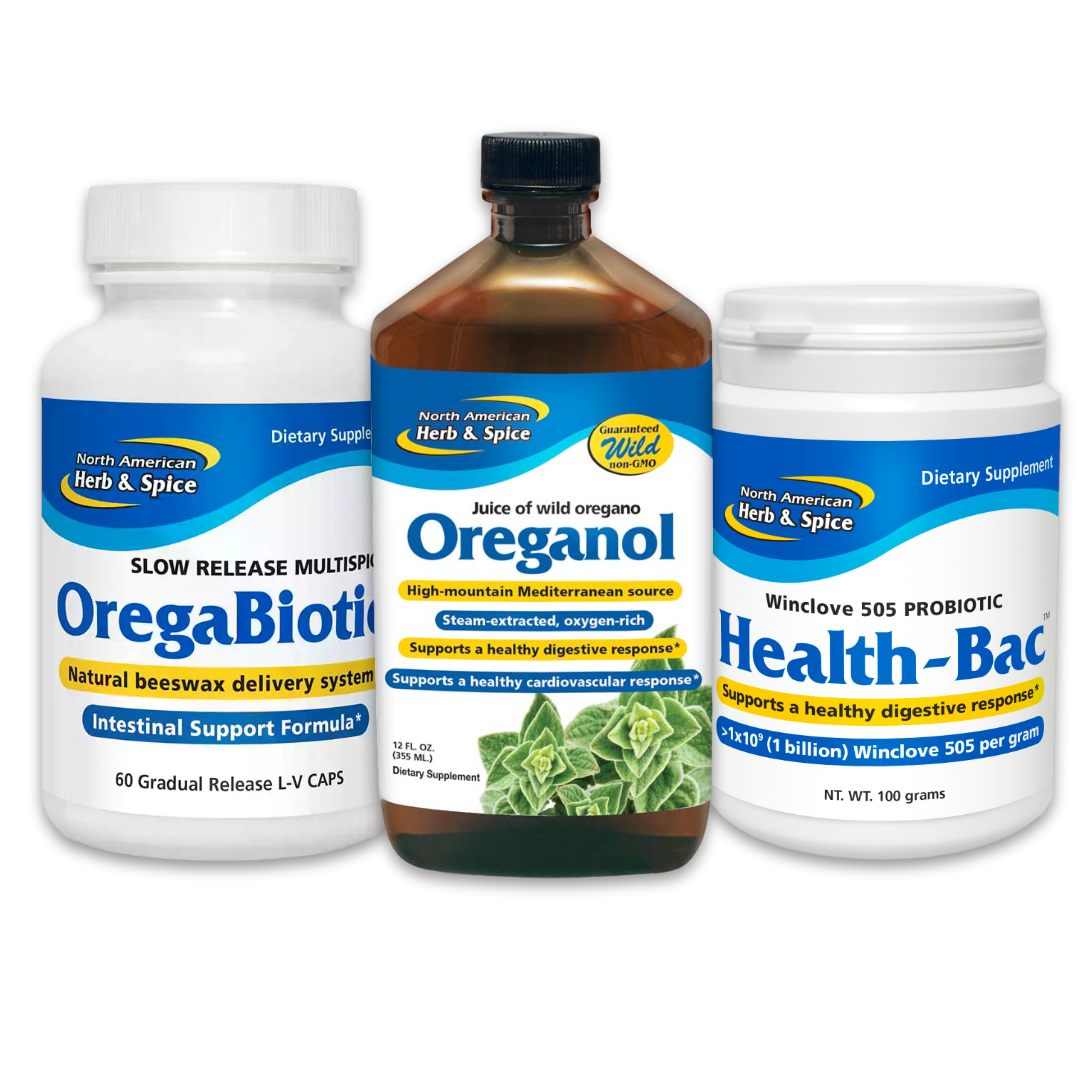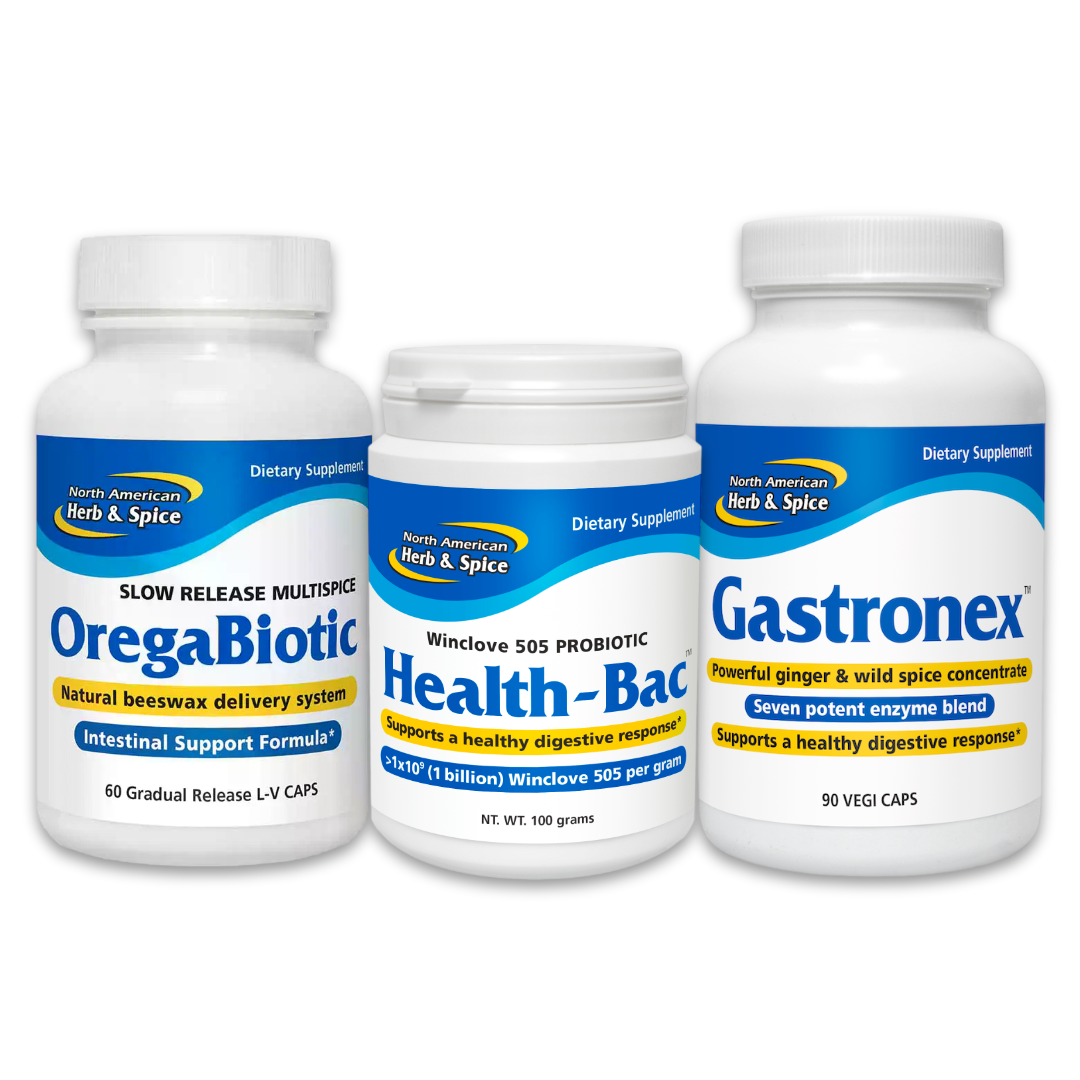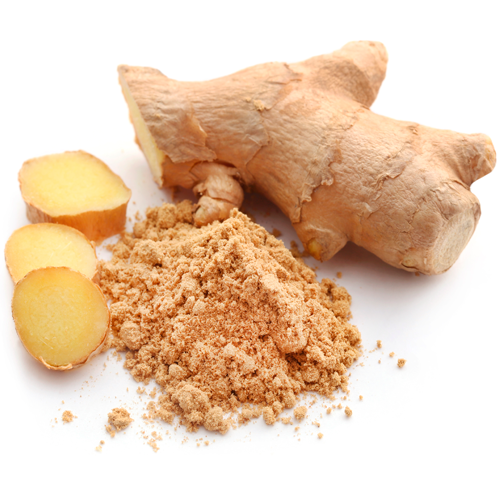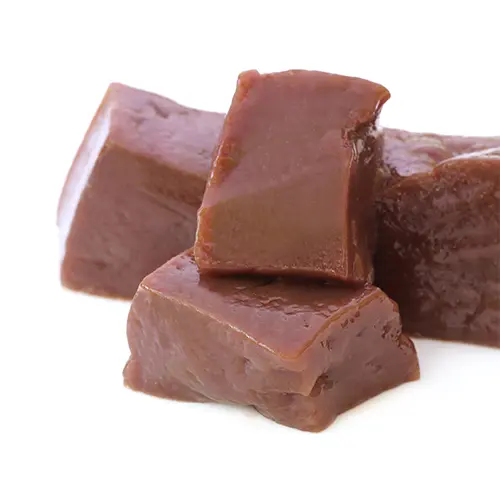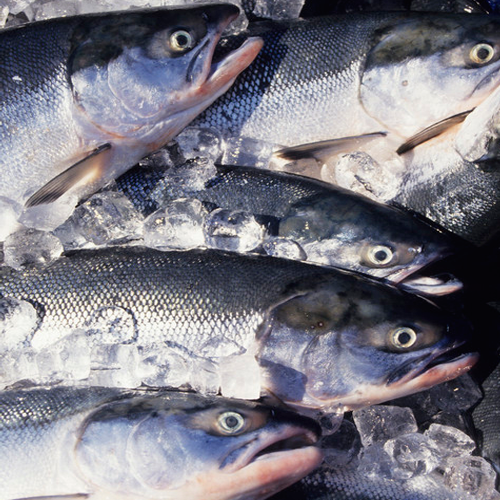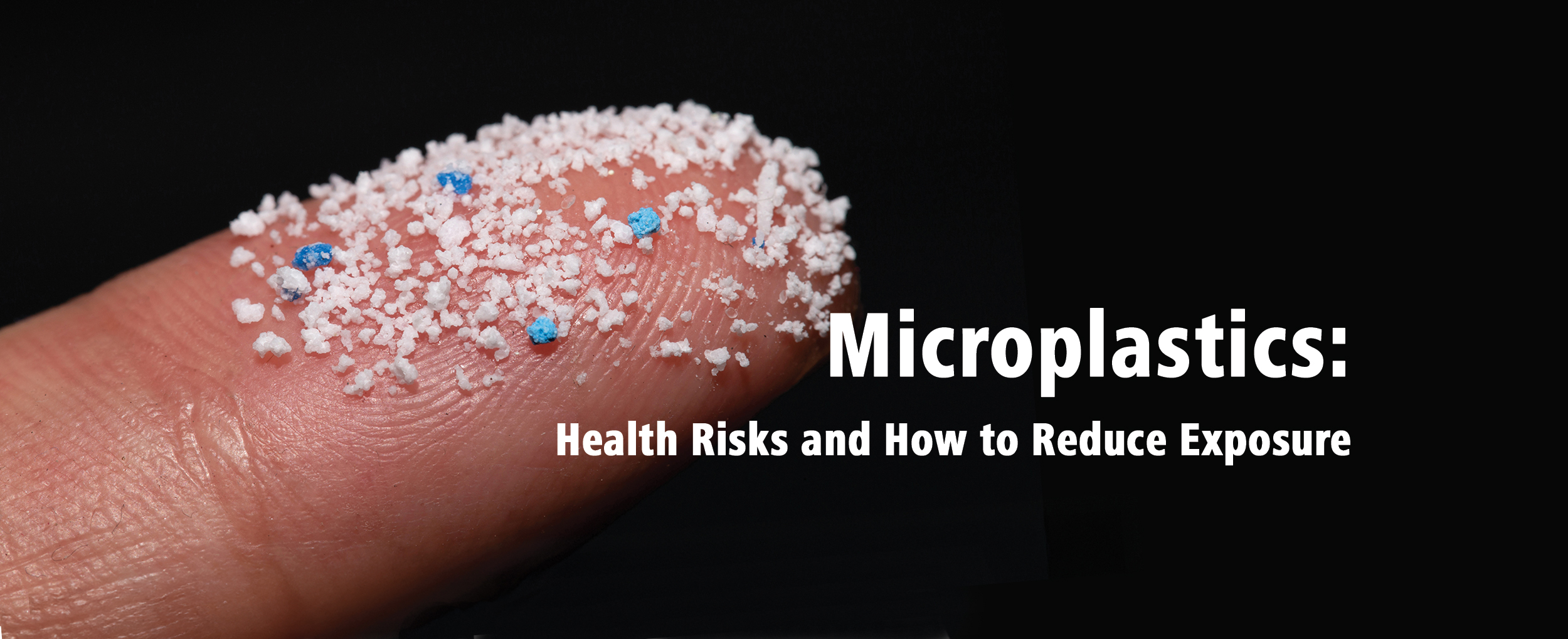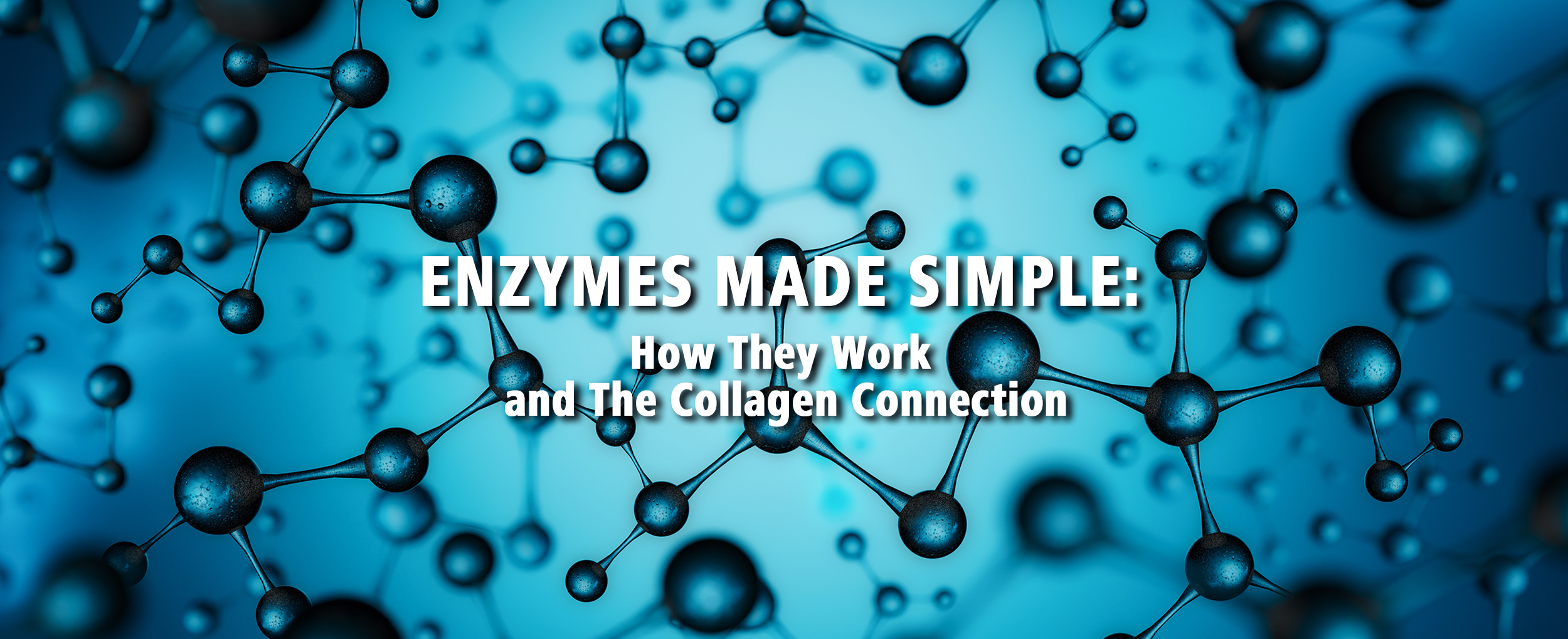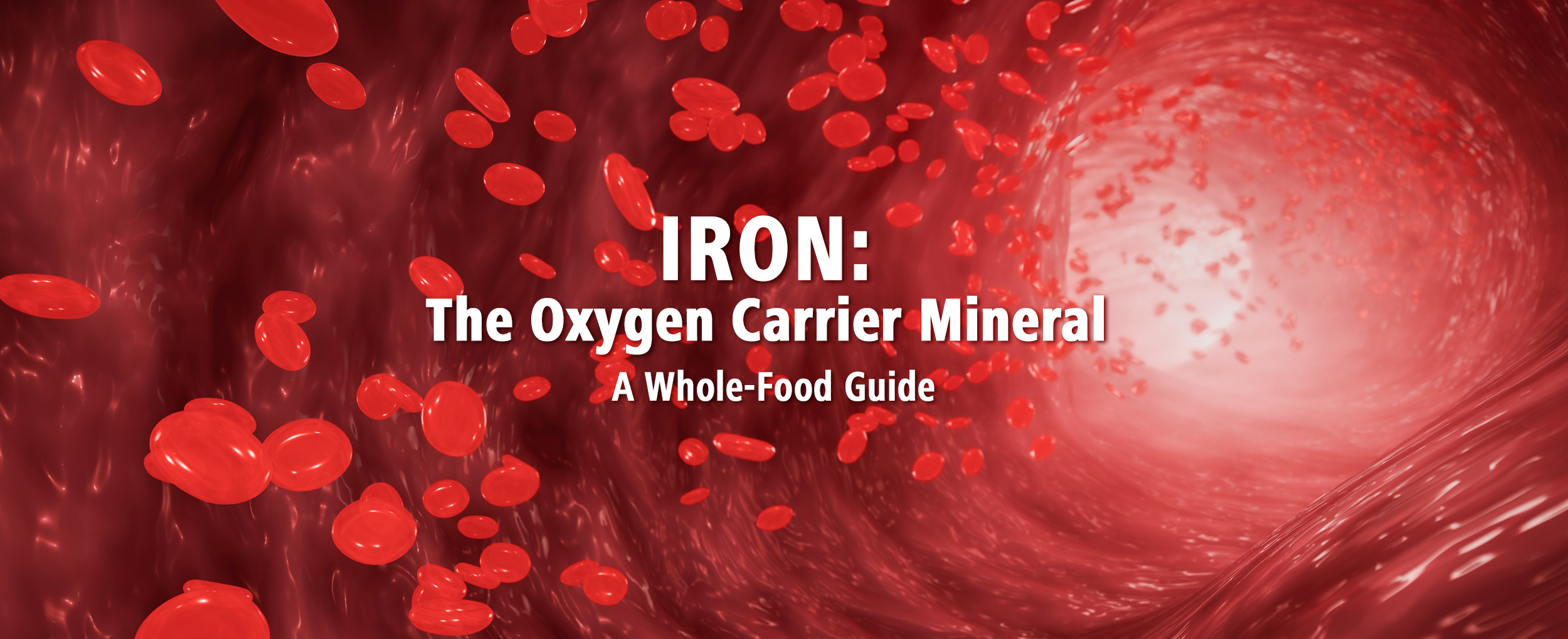If you’ve ever wondered how one tiny bee becomes a long-lived queen, royal jelly is a big part of the story. It’s a creamy, nutrient-dense food made by worker bees to feed all bee larvae for a few days, and the queen for life. That constant royal-jelly diet is linked to her larger size, faster development, and years-long lifespan (compared to weeks for worker bees). For humans, royal jelly is sold as a supplement (capsules, softgels, powders, or fresh chilled paste). Below is a plain-English tour of what it is, how it’s different from honey, how people use it, and what the research suggests.

What Exactly is Royal Jelly?
Royal jelly is a concentrated bee secretion rich in proteins (especially a family called major royal jelly proteins, or MRJPs), unique fatty acids (most famously 10-HDA, short for 10-hydroxy-2-decenoic acid), vitamins, and minerals. Unlike honey, which is mostly natural sugars, royal jelly has a higher proportion of protein and distinctive fats (lipids) that scientists think drive many of its biological effects. Modern reviews point to antioxidant, inflammation-supporting, and gentle immune-modulation properties in lab and animal studies, with a growing body of small human trials exploring specific positive health outcomes.1
Fun fact: 10-HDA is so characteristic of royal jelly that producers often test it to verify purity and potency.2

Royal Jelly vs. Honey (Why people sometimes use both)
- Source & role in the hive:
- Honey is flower nectar transformed and stored by bees as their energy-rich food.
- Royal jelly is a glandular secretion made by worker bees to feed developing bees and the queen.
- Nutrition profile:
- Honey: primarily carbohydrates (natural sugars) with trace bioactives.
- Royal jelly: more protein and unique fatty acids (like 10-HDA) plus peptides and micronutrients. It also includes absorption-friendly B vitamins!
- How people use them:
- Honey is typically used as a food, for energy, or as a soothing throat sweetener.
- Royal jelly is typically used as a dietary supplement for targeted support, including energy, muscle strength, immune health, and hormonal balance.
Because they’re compositionally different, some consumers combine a small amount of royal jelly with honey to make the tart, tangy royal jelly more palatable while getting honey’s familiar flavor. From a science standpoint, their benefits are complementary but not identical.10
What does the research say about benefits?
Here are the clearest signals so far:
1) Menopausal comfort
Several randomized, placebo-controlled trials suggest royal jelly may help ease menopausal symptoms (such as hot flashes, back discomfort, and mood measures) when taken daily for 8 weeks, often in the 1,000–3,000 mg/day range. While not a hormone, royal jelly’s peptides and fatty acids are thought to influence inflammatory and neuroendocrine pathways.5
2) Healthy lipid balance
A 2023 systematic review found that royal jelly reduced total cholesterol, especially at ≥3,000 mg/day for ≥8 weeks. Earlier trials also reported reductions in total and LDL cholesterol in otherwise healthy or mildly hypercholesterolemic adults. This points to a potential role in cholesterol management alongside diet and lifestyle.7
3) Glycemic control (early evidence)
Small randomized trials have reported reductions in fasting blood glucose and HbA1c in people with diabetes after several weeks of royal jelly supplementation. These are encouraging signals.9
4) Antioxidant and immune-modulating activity
Comprehensive reviews describe antioxidant, inflammation-supporting, and gut microbiome-modulating actions, driven by MRJPs and 10-HDA. Much of this evidence comes from lab and animal models, with human confirmation still emerging.7
How do people take it?
- Forms: fresh or freeze-dried (capsules, tablets, powders), sometimes blended with honey.
- Typical amounts used in studies: 1,000–3,000 mg/day for 8–12 weeks, depending on the outcome studied.
- When to take: timing isn’t critical; many take it with food.
Interesting Historical Facts about Royal Jelly
Aristotle’s Secret Brain Food?
In ancient Greek tradition, Aristotle was fascinated with bees. His work Historia Animalium includes observations about bee colonies, hive structure, and the “milky substance” fed to young bees, which we now call royal jelly!

According to historical accounts and later interpretations, Aristotle believed this special bee secretion supported vitality and mental sharpness. Some stories claim he fed it to his students at the Lyceum to keep their minds sharp.
And here’s the fun spin: Alexander the Great studied under Aristotle. Did the young ruler—who went on to build one of the greatest empires of the ancient world—ever sample this mysterious “brain food”? We can’t prove it, but the idea adds a playful twist to history: Was royal jelly a secret weapon behind Alexander’s strategic genius?
The Pharaohs and “Food for Immortality”
Royal jelly was used and revered in ancient Egypt—not as a dessert, but as a sacred substance.
- Honey and other hive products were placed in tombs for the afterlife.
- Egyptian medical texts mention bee products for healing and longevity.
Some Egyptian historians suggest that royal jelly was reserved for the elite and priestly class, and symbolic depictions sometimes show bees offering “sustenance for the gods.”
So while workers got bread and beer, the nobility may have received royal jelly as a vitality elixir—literally “food fit for a king.”
Napoleon and the Royal Bee Legend
Napoleon Bonaparte adopted the bee as one of his imperial symbols—representing industry, order, and resurrection.
There’s a lesser-known historical anecdote that Napoleon’s court physicians experimented with royal jelly and other bee products to keep his officers energized during exhausting campaigns. It cemented the bee as a symbol of power and endurance across French culture.
And here’s the modern twist: to this day, French pharmacies are major sellers of royal jelly, continuing a tradition of “royal nourishment” stretching back to the Napoleonic era.
Quick FAQ
Does royal jelly “boost” immunity?
It contains compounds with immune-modulating and antioxidant activity, but “boost” is an oversimplification. Think of it as potential support, not a cure or replacement for medical care.1
Is it the same as honey?
No. Honey is mainly natural sugars; royal jelly is a protein- and lipid-rich secretion with unique molecules like 10-HDA. They can be used together but serve different purposes.10
How long until I notice anything?
In studies on menopausal comfort, lipids, or glucose, researchers typically assessed outcomes after 8 weeks of daily use. Individual responses vary.6
Bottom line
Royal jelly is a distinct beehive product with unique proteins and fatty acids that support menopausal comfort, healthy cholesterol balance, and blood sugar control, according to small human trials and recent reviews. For taste and convenience, many people pair it with honey, but the two are nutritionally and functionally different. If you’re curious, choose a reputable brand like North American Herb & Spice, start low, and work with your healthcare professional.
Our Unique Highest Quality Royal Jelly Product Line
- Royal Power capsules: Raw, undiluted, triple-strength royal jelly.
- Royal Oil pudding: Pure, raw royal jelly with carob & pumpkinseed oil. Max strength!
- Purely B powder: Raw wholefood B vitamins from RJ, maca, torula yeast, & rice bran.
- Ashwagandha capsules: A synergistic combo of ashwagandha with royal jelly.
- ActiFem capsules: Master formula of hormone-supporting herbs with RJ for women.
- ActiMale capsules: Master formula of hormone-supporting herbs with RJ for men.
- Oreganol Cream: Soothing topical cream for the skin with royal jelly, honey, & propolis.
References:
- Royal Jelly: Biological Action and Health Benefits (2024 review). Biomolecules. Open Access. PMC
- Royal Jelly in Modern Biomedicine (2025 review). Journal of Functional Foods. Publisher page. ScienceDirect
- Royal Jelly Acid (10-HDA): Preparation, Metabolism & Therapeutic Potential (2025 review). Frontiers/PMC. Open Access. PMC
- Honey, Propolis, and Royal Jelly: A Comprehensive Review (background on beehive products). Oxidative Medicine and Cellular Longevity (2017). Open Access. PMC
- Effect of Royal Jelly on Menopausal Symptoms (randomized, placebo-controlled trial). Complement Ther Clin Pract (2019). PubMed. PubMed
- Royal Jelly Supplementation Improves Menopausal Symptoms (randomized trial). Nutrients (2018). Open Access. PMC
- The Effects of Royal Jelly Consumption on Lipid Profile: Systematic Review/Meta-analysis (2023). J Funct Foods in Health & Disease. Publisher page. ScienceDirect
- Hypocholesterolemic Efficacy of Royal Jelly (clinical trial). Chin J Integr Med (2017). PMC and PubMed. PMC+1
- Royal Jelly and Glycemic Control (randomized trials & review). J Tradit Chin Med (2014) Springer and World J Diabetes (2019) PMC. SpringerLink+1
- What Is Royal Jelly? (consumer-level comparison of royal jelly vs. honey). MD Anderson Cancer Center (2025). Article. MD Anderson Cancer Center
*Dietary supplements aren’t drugs, and these studies report associations and early clinical signals rather than medical claims. Always consult your healthcare professional about what’s appropriate for you.
*These statements have not been evaluated by the Food and Drug Administration. This product is not intended to diagnose, treat, cure, or prevent any disease.
Explore our trending products:
-
Herbal-zzZs – Melatonin-Free Sleep Support
$31.99 — or Original price was: $31.99.$27.19Current price is: $27.19. / monthSave
15% Add to cart -
Black Seed-Plus Capsules
$29.99 — or Original price was: $29.99.$25.49Current price is: $25.49. / month Select options This product has multiple variants. The options may be chosen on the product page -
Purely-C Whole Food Vitamin C Complex
$37.99 — or Original price was: $37.99.$32.29Current price is: $32.29. / month Select options This product has multiple variants. The options may be chosen on the product page -
PurelyMin Magnesium Complex
$39.99 — or Original price was: $39.99.$37.99Current price is: $37.99. / monthSave
5% Add to cart



